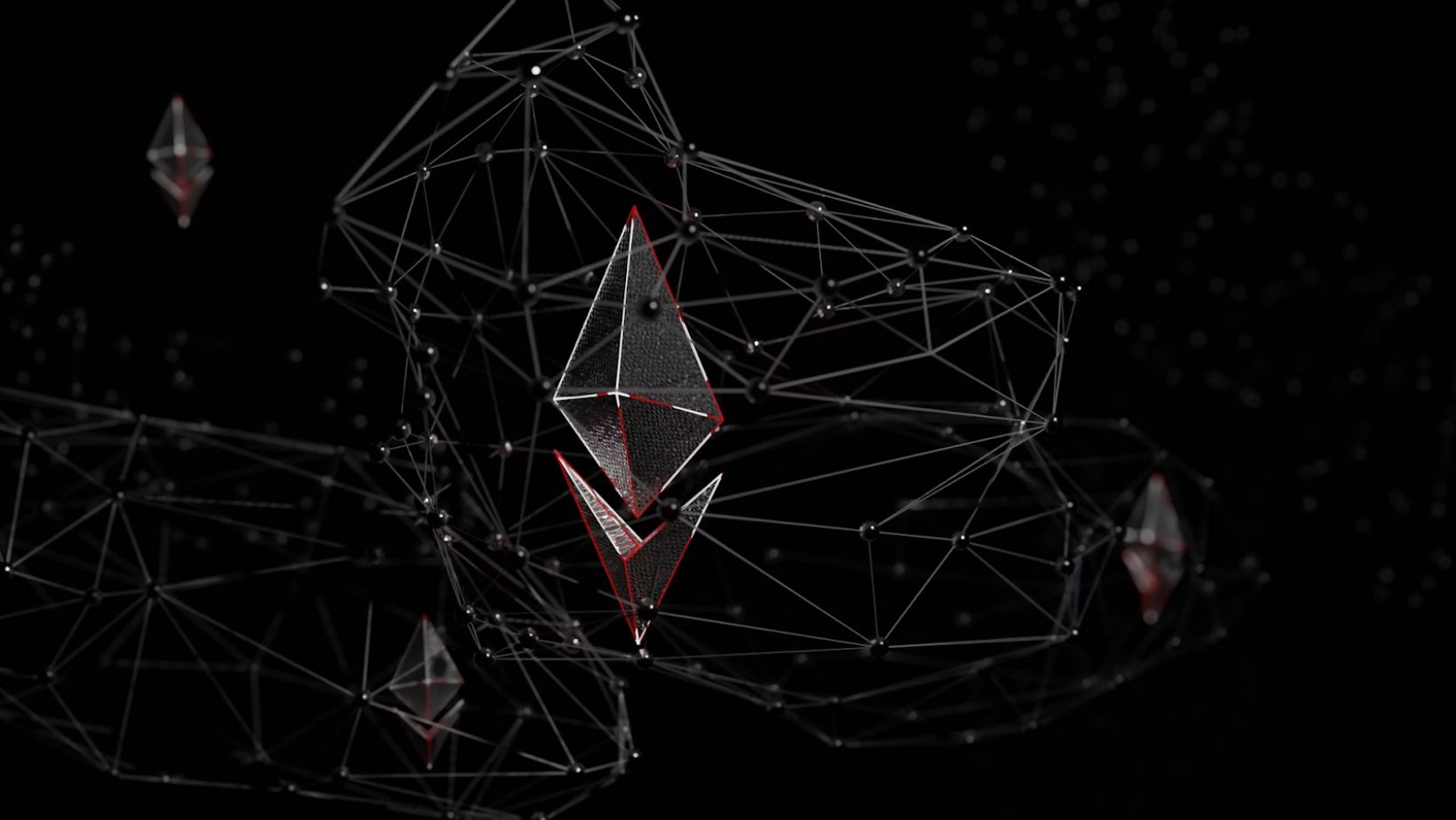Ethereum revolutionized decentralized finance, gaming, and online casinos with its blockchain capabilities. Yet, one key problem remains for users and operators alike—gas fees. These transaction fees, paid to miners to validate actions on the Ethereum blockchain, can be prohibitively expensive, especially during high network usage. For online casino players looking to deposit funds or withdraw winnings, gas fees are more than just a nuisance; they can make small transactions entirely impractical.
But what if you could gamble and skip the pain of gas fees? Enter Ethereum Layer 3 (L3)—an emerging solution aimed at enhancing blockchain efficiency, scalability, and user experience. Today, we’ll unpack how Ethereum Layer 3 could transform online casinos, lower barriers to entry, and ultimately reshape the arena for crypto gaming. And for more information about gambling with ETH, ethereumcasinogambling.com can be a valuable resource.
For those interested in maximizing returns in this evolving space, following essential Crypto Investment Tips can make a significant difference. Understanding the technology behind Ethereum Layer 3, diversifying your portfolio, and staying updated on regulatory changes are all crucial Crypto Investment Tips that help investors navigate volatility and seize new opportunities in crypto-powered online gambling.
What Is Ethereum Layer 3?
Before we discuss Layer 3, it’s essential to understand where it fits in the blockchain stack:
- Layer 1 is the foundation (Ethereum itself), handling decentralization and security.
- Layer 2 (L2) enhances scalability by processing transactions off-chain and settling them back on Layer 1. Solutions like Polygon and Arbitrum are notable players here.
- Layer 3, the newest addition, focuses on usability. It’s tailored for specific applications by building on top of Layer 2 to enhance user experience, enable complex dApps, and allow cross-chain interactions.
Unlike Layer 2, which addresses blockchain scalability, Layer 3 prioritizes streamlined interactions, reduced costs, and network interoperability. Think of it as the “application layer,” simplifying everything beneath it so users can enjoy advanced features with minimal complexity.
For Ethereum casinos, Layer 3 means drastic reductions in transaction costs combined with enhanced performance, offering players a more accessible, seamless gambling experience.
 The Problem with Gas Fees in Ethereum Casinos
The Problem with Gas Fees in Ethereum Casinos
Gas fees are integral to every Ethereum transaction. Whether you’re depositing funds, claiming bonuses, withdrawing winnings, or even redeeming free spins, a gas fee applies. Unfortunately, when network congestion spikes, these fees can skyrocket, leading to serious problems for players and casino operators:
Why Gas Fees Hurt Users:
- Paying $20 in gas for a $10 withdrawal makes small transactions unfeasible.
- High fees discourage casual users from participating, limiting adoption.
- Complex casino interactions, like activating provably fair smart contracts, often require multiple small gas payments.
Why Gas Fees Hurt Operators:
- Reduced user engagement leads to lower profits.
- Players avoid activating bonus programs like free spins or cashback due to fee concerns.
- Operators must create promotions that minimize transactional friction, limiting innovation.
High gas fees not only inconvenience users but also deter casual gamblers from engaging with Ethereum casinos altogether.
How Ethereum Layer 3 Solves These Issues
Ethereum Layer 3’s role is simple but powerful: it builds a more efficient infrastructure for decentralized apps like Ethereum casinos. By working on top of L2 solutions, Layer 3 makes blockchain interactions faster, cheaper, and easier for non-technical users.
Here’s how Ethereum Layer 3 addresses the pain points of gas fees in crypto casinos:
1. Gas Fee Reduction
One of Layer 3’s key selling points is significantly lower transaction costs. By utilizing technologies like zero-knowledge rollups (zk-Rollups) or Optimistic Rollups, Layer 3 compresses transactions before batching them to Layer 1, reducing the total gas fees paid per user.
For instance, solutions like Polygon Miden or StarkEx from Layer 3 enable Ethereum casinos to cut gas fees by up to 90% while maintaining transparent and secure gaming environments.
Lower fees mean players can deposit, bet, and withdraw winnings without breaking the bank.
2. Enhanced Scalability for Gaming
Layer 3 offers enormous throughput, enabling Ethereum casinos to handle thousands of microtransactions per second. This is essential for features like high-frequency betting, live dealer games, or in-game transactions, where each action requires quick, low-cost execution.
For example:
- Casinos utilizing Celer Network can allow players to perform high-speed gambling actions off-chain while ensuring those transactions remain secure and auditable.
- Gaming platforms powered by Layer 3 frameworks like Arbitrum Orbit already integrate Optimistic Rollups to process complex gaming interactions swiftly.
With unmatched scalability, casinos can provide richer features, including multiplayer games and instant payouts, without lag.
3. Innovative Player Rewards via Cross-Chain Interactions
Layer 3 projects prioritize interoperability between different blockchain ecosystems. For crypto casinos, this means the ability to offer rewards across chains, such as staking bonuses in Binance Smart Chain while playing slots on Ethereum.
The Celer Network already simplifies cross-chain asset transfers, allowing Ethereum casino players to claim rewards or make bets without being restricted to one blockchain.
4. User-Friendly Experience
Layer 3 simplifies blockchain interactions to make Ethereum casino gaming accessible even to non-expert players. By abstracting the technical complexities, operators can deliver a straightforward gaming interface while maintaining back-end sophistication.
For example, zkSync Era provides tools for user-friendly Web3 interfaces that feel almost indistinguishable from traditional apps, enabling Ethereum casinos to onboard players with zero crypto knowledge.
Casinos powered by Layer 3 solutions can focus on gameplay, not teaching users how gas fees or wallets work.
 The Future of Casino Bonuses on Ethereum Layer 3
The Future of Casino Bonuses on Ethereum Layer 3
Bonuses play a critical role in attracting online casino players. Ethereum Layer 3 enables casinos to reimagine their promotional systems, making them valuable and stress-free.
Here are some key improvements Layer 3 can bring to bonuses:
- Gasless Deposits/Withdrawals: New players can claim deposit-match offers without paying upfront gas fees.
- Real-Time Payouts: Instant reward payouts, from cashback offers to free spins, without the hassle of long confirmation times.
- Provably Fair Rewards: Enhanced transparency of randomized draws or loyalty rewards using Layer 3 smart contracts.
By eliminating transactional barriers, Layer 3 brings back the excitement of small-bet gambling and loyalty programs.
Challenges to Adopting Ethereum Layer 3 in Casinos
While Layer 3 sounds like a silver bullet, implementing it into Ethereum casinos comes with a few challenges:
- Complex Integration: Developers must adapt Layer 3 tech to legacy casino systems.
- Resistance to Change: Users and operators hesitant to try new technology may delay adoption.
- Ecosystem Maturity: Layer 3 development is still in its early stages, and wider adoption depends on further advancements in usability and accessibility.
Why Ethereum Layer 3 Matters for Crypto Casinos
Ethereum Layer 3 represents a monumental leap forward for the blockchain space, particularly for online casinos looking to level up their crypto gaming experience. By significantly reducing gas fees, enabling seamless cross-chain betting, and creating scalable frameworks, Layer 3 offers operators and players an unprecedented way to interact with Ethereum casinos.
The most exciting part? With Layer 3’s improvements, the game isn’t just faster or cheaper—it’s completely rethought, reshaping what online gambling can be.
For players and operators eager to explore what’s next, Ethereum Layer 3 isn’t just a trend; it’s the infrastructure of the future.
